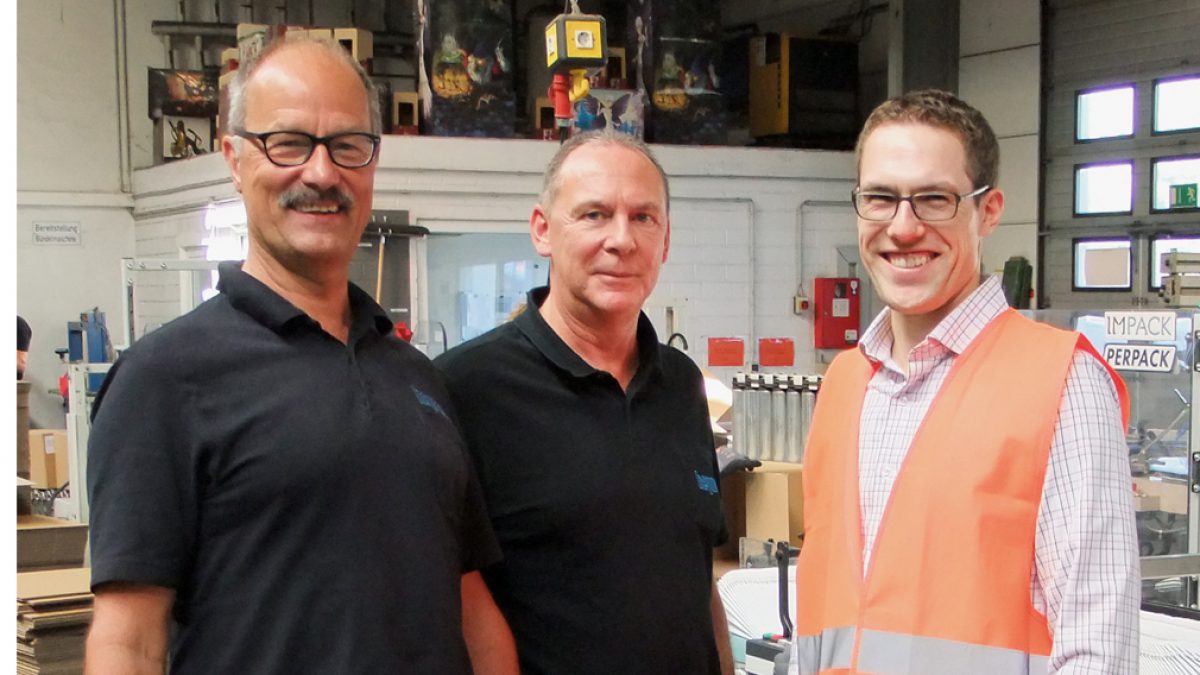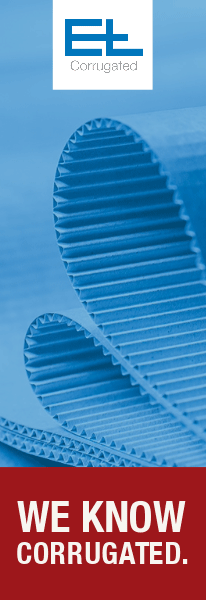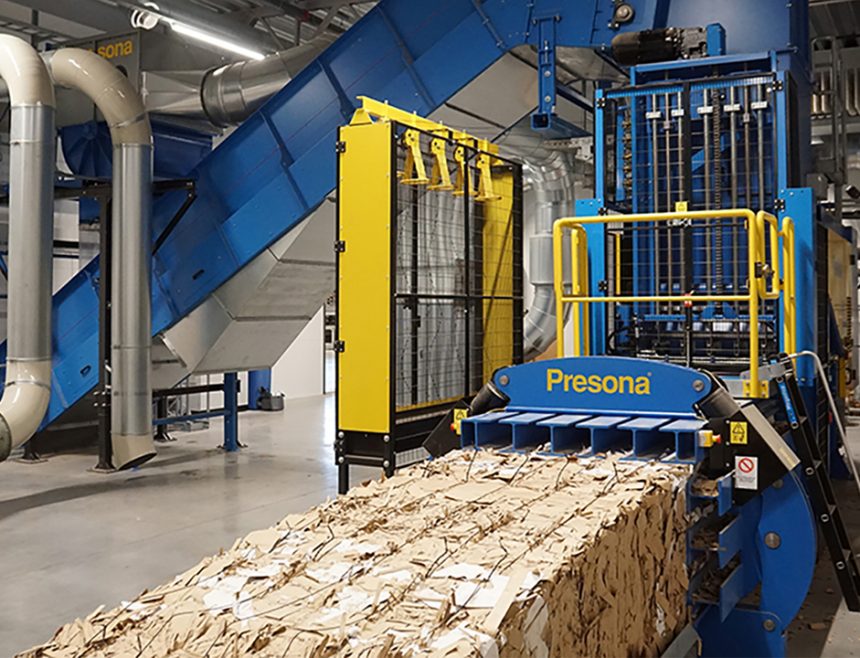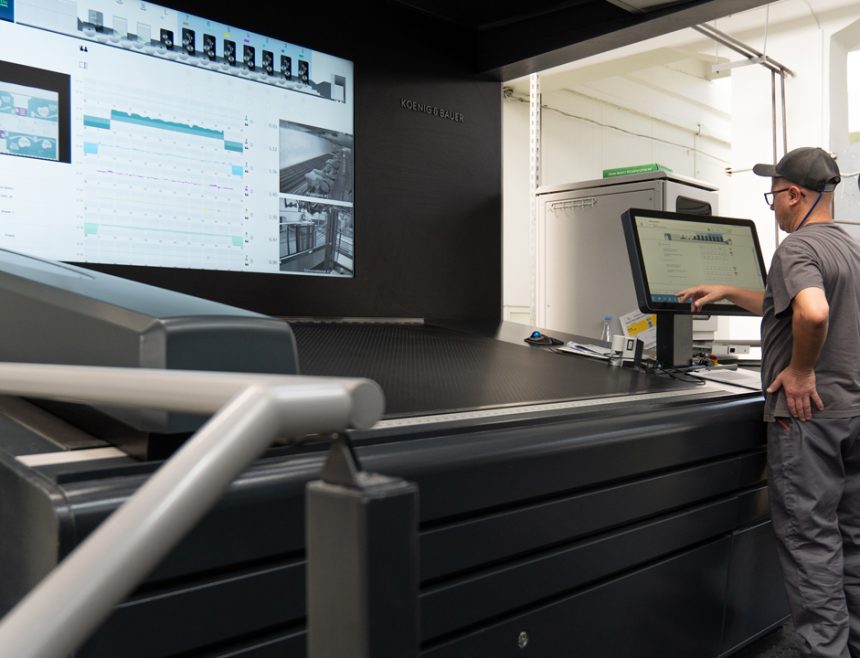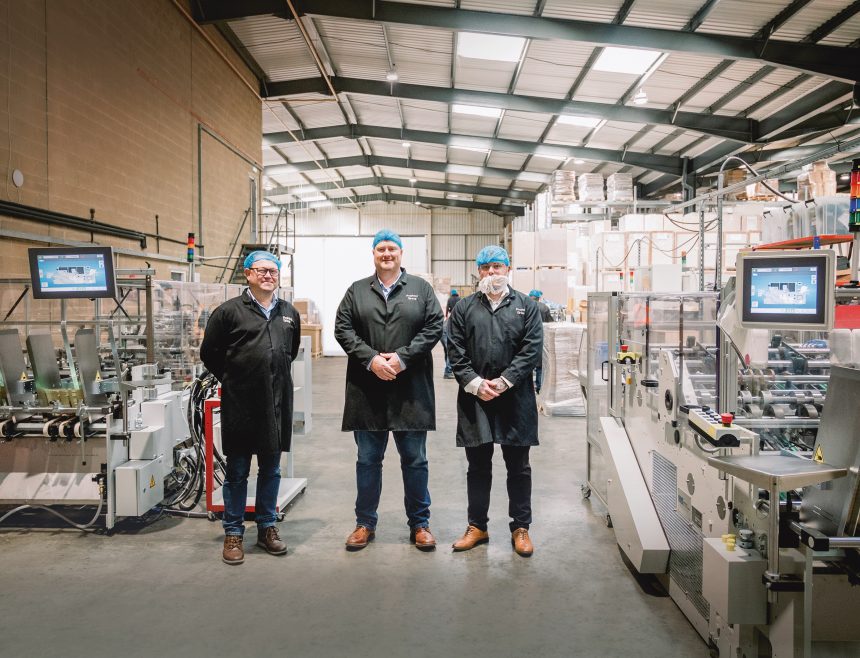Based in Kleve, Germany, Joachim Gimpel-Henning, General Manager of Heynen GmbH & Co. Kartonagenfabrik KG, explains that, “We have to be flexible, while maintaining both productivity and efficiency. At the same time, we are putting new technologies in place to continuously improve ergonomic conditions at our work stations. And we make our investment decisions in line with these objectives, while keeping a close eye on the facts and figures. We may be a small independent cartonmaker compared to our larger competitors who are active across Europe or around the world, but for precisely that reason our company is much more flexible.”
“Our customers are accustomed to us responding quickly to their requests and requirements. In addition to high product quality and reliability, it’s the main reason they remain loyal to us in the long-term,” Gimpel-Henning explains. “As a result we continue to expand, with both existing and new customers.”
Cartons for Pet food, pizza, flowers, spare parts, cleaning agents, shoes, seasonal items like Christmas calendars and innumerable other products: The range of packaging produced in Kleve more or less includes all folding carton styles. The company needed the corresponding level of flexibility required during manufacture – and that applies to the entire process, right down to packing.
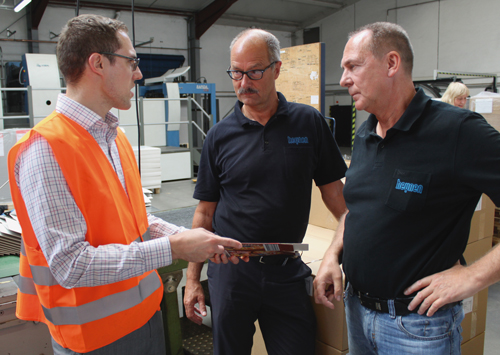
Left to right: IMPACK Sales & Marketing Director, Stefan Badertscher,Joachim Gimpel-Henning (General Manager) and Karl-Heinz Souvignier (Print shop and glue line manager).
Preventing A Bottleneck
“For our newest gluer that was installed in late 2017 we were looking for a universal packing system that could reliably process a wide variety of different carton styles at high speed. We knew this was the only way to really maximise the productivity and flexibility of the gluer,” says print shop and glue line manager, Karl-Heinz Souvignier. The company decided to equip the gluer with an ERGOSA universal packer from Canadian manufacturer IMPACK, so as to avoid letting the packing process become a production bottleneck. The modularly designed and extensively configurable machine offers the flexibility of a semi-automatic packer, but comes close to the productivity of an automatic one.
The packer also had to offer short setup and changeover times. Production runs at Heynen average about 14,000 sheets, each usually with a 4-up layout. In other words, they have to change over to a different product comparatively frequently on the glue line, meaning that being able to switch rapidly from one job to the next was an absolute must.
No Physical Strain
The company also wanted, above all, to make life easier for their packing staff and take steps to safeguard their health. “The faster we run the gluer, the more weight there is to be moved at the end of the line on individual shifts,” explains Gimpel-Henning. “Because we mainly process cartonboard, we’re talking about a good 400kg of folding boxboard per pallet. With 10 pallets per shift, that adds up to over four tonnes. Expecting our operating staff each shift to handle so much was an issue.”
The IMPACK system installed at Heynen consists of an IN2B box turner for turning all box types to the right or left, a main conveyor with case ejector, a PERPACK pusher module and a case closer. An operator places an erected brown corrugated case in the PERPACK, which firmly holds the flaps, keeping them out of the way while the case is being filled. During this step, the shingle continues to travel slowly into the machine. The operator picks a carton at random from the shingle, to make sure it functions as specified and meets all quality requirements before placing it back in the shingle.
Shortly thereafter, the operator separates a row of cartons from the shingle with their right hand and pulls them with both hands into the pusher at the front of the PERPACK. She knows how many cartons she has to grab based on an inconspicuous, optical mark on one of the boxes in the shingle. Invisible to the human eye without a UV lamp, the mark is applied by the ERGOSA to the top edge of a carton at the front of the line using a strongly diluted bleaching agent. On this job, the system marks every 120th box, since that is how many fit comfortably in the boxes. The settings on the ERGOSA machine are adjusted accordingly.
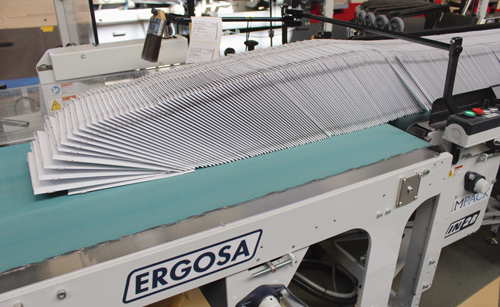
The box shingle “creeps” through the ERGOSA universal packer toward the PERPACK pusher module, where a packing line worker uses a pushing device to slide the boxes into a case.
The operator lightly taps the cartons in the row to align them one more time and finally slides the row into the open case, which she does all in one go using the pusher – and without any significant physical effort. Once the boxes are in the case, the PERPACK’s conveyor module tips from a vertical to a horizontal position to clear the way for the filled case to advance to the closing unit and palletising.
The entire process takes just a few moments with no signs of rushing. The operator does not need to lift or turn the cartons to place them in the cases, unlike when packing was done manually. “We’ve reduced stress and physical strain to a minimum for our packing staff, but still achieved a higher throughput,” says Gimpel-Henning.
What’s more, system setup is very simple and can of course be flexibly adapted to the requirements of various carton types. If a job changeover occurs, but the carton type stays the same (e.g. from one straight-line box to another), only the format of the cartons and cases needs to be re-set at the ERGOSA. However, if a straight-line carton is followed, for example, by a crash-lock bottom carton, the settings on the IN2B box turner additionally need to be adjusted. “Setting up the ERGOSA takes anywhere from five to 20 minutes maximum,” reports Souvignier. “We can always set up the packer faster than the folder-gluer, the advantage being that even assistant staff can take care of this task, while the gluer operators set up the main system.”
Optimised Production
To ensure the highest level of efficiency in gluing, Heynen has standardised the process end-to-end. The machine operators have an illustrated logbook showing how to set up the gluers for different jobs and job types based on empirical values. The log also covers the ERGOSA. “Thanks to this method, we have shortened setup times by about half,” says Gimpel-Henning. The logbook also has instructions on how specific box styles have to be turned by the IN2B for optimum packing in the cases. With its flexibility, the IN2B supports a number of options, but in practice, only one usually proves to be ideal – and that it is specified in the logbook.
Heynen has achieved its objective of maximising the gluer’s productivity without additionally burdening packing staff. “When processing straight-line boxes, for instance, we can now run the gluer up to 40% faster since we installed the ERGOSA,” says Souvignier. “Machine speeds are significantly higher today, especially for the more complicated carton styles.”
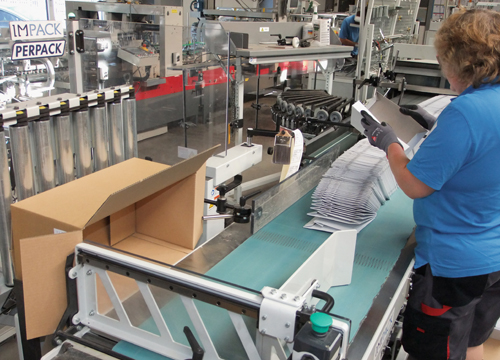
Before the packing line worker at the PERPACK pusher module slides the next row of boxes into the waiting case, she has enough time to check the quality of one of the boxes.
Packer included in investment decision
Before making their investment decision, Heynen sent a number of cartons that they typically produces to IMPACK in Canada, to make sure the ERGOSA system functioned exactly in line with its needs. “We showed our packing staff videos of the tests and they were thrilled with the new equipment, especially because with the ERGOSA they can slide cartons instead of lifting them,” recalls Gimpel-Henning. What’s more, thanks to the machine’s advanced ergonomic design, employees can now work in a considerably more comfortable position. IMPACK optimized the ERGOSA in cooperation with physicians to minimise physical strain on machine operators. It may be coincidence, but absenteeism due to illness has dropped significantly at Heynen since the ERGOSA was installed. The ERGOSA was delivered and installed in early 2018 and Heynen was able to start production using the new system almost immediately, with the support of an instructor from IMPACK, who spent about a week demonstrating to staff the machine’s full range of capabilities.
With its versatility in carton manufacturing, Heynen has now become an ideal reference customer for IMPACK. In fact, potential customers from all over Europe and even other continents travel to Kleve in Germany to see first-hand how the ERGOSA universal packer functions in practice.
Heynen Kartonagenfabrik
HEYNEN GmbH & Co. KG Kartonagenfabrik KG, based in Kleve, Germany, was founded in 1912 by Otto Heynen. With its current workforce of 50 employees, the ISO-, FSC-, HACCP- and PSO-certified company is a full-service provider of tailored packaging solutions for customers in the food, hygiene products, cosmetics, automotive, cigarette, shoe and other industries. The majority of customers are located within 250 km of Kleve and Heynen is the sole packaging supplier to many of them. One of the company’s specialities is the use of six-colour printing and high-gloss foils to produce premium packaging that stands out on store shelves.

